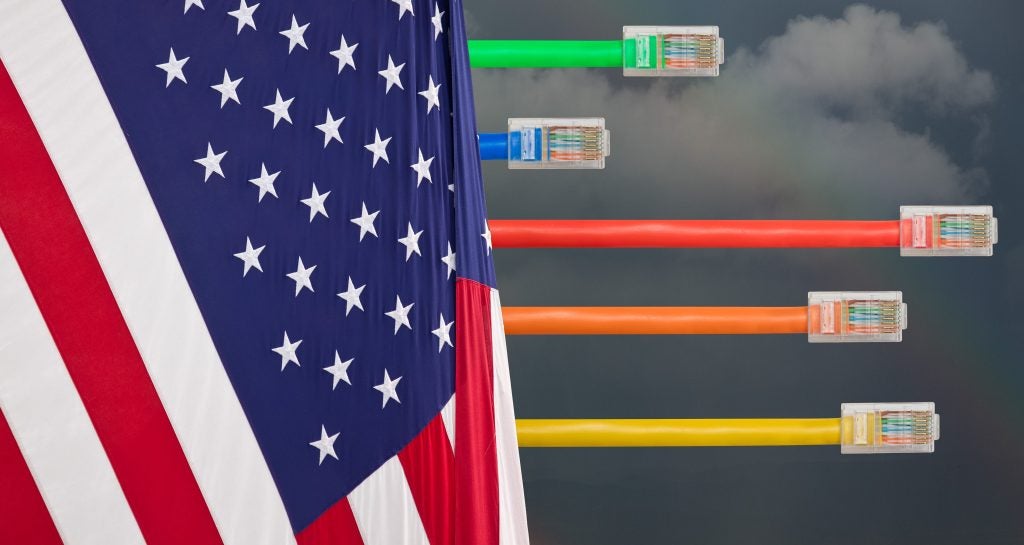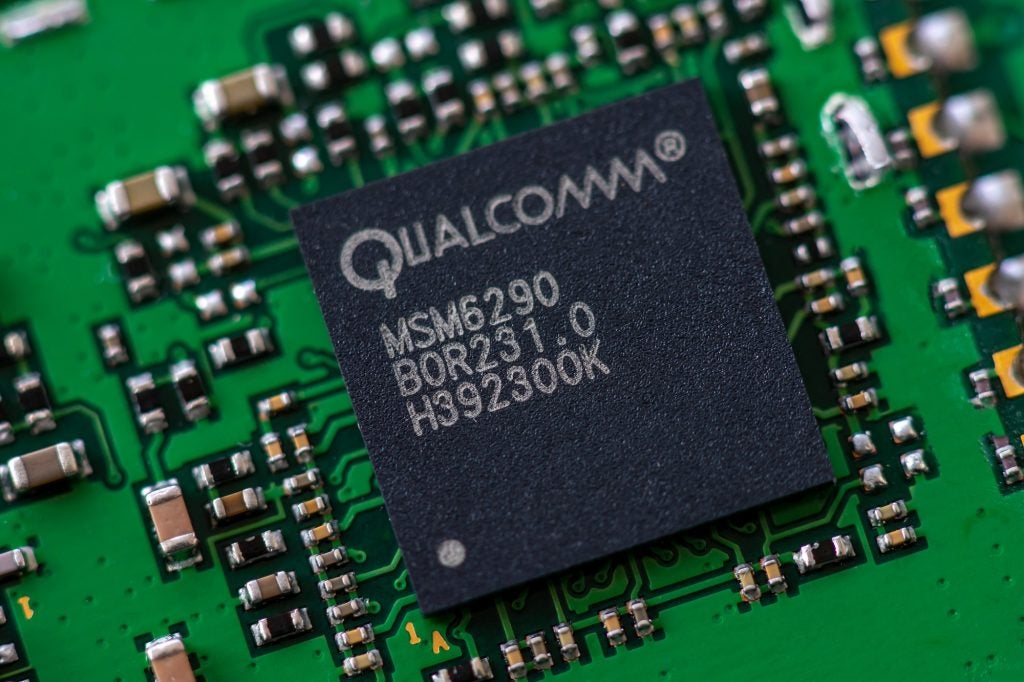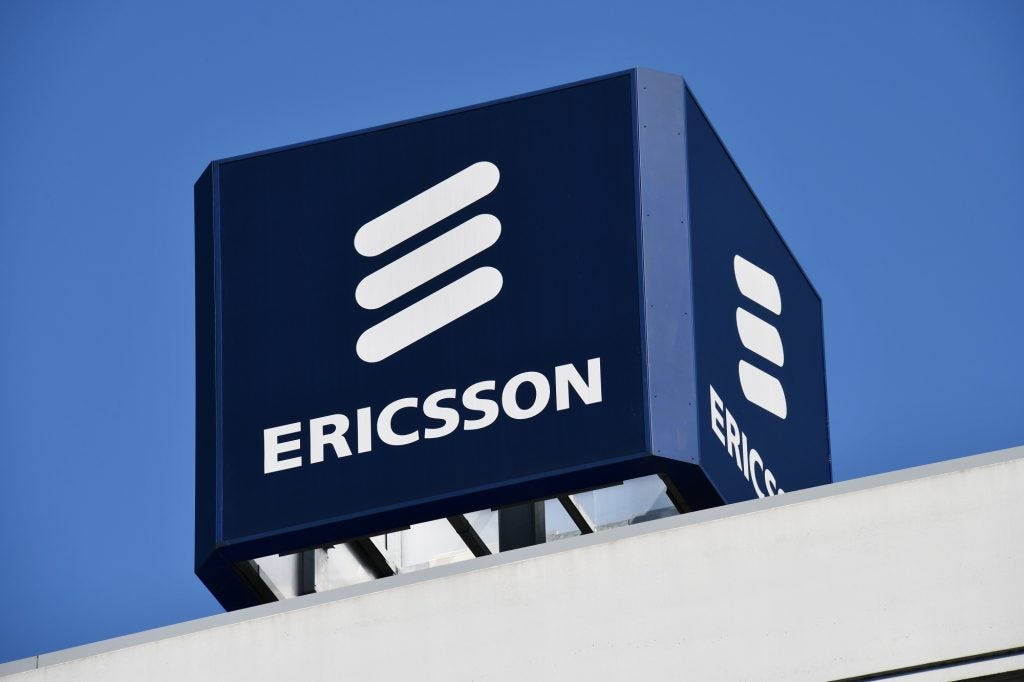
Telecom convergence remains critical to the survival of telcos in the long-term providing carriers with the opportunity to own and operate both fixed and mobile assets. Bigger players have better outlook due to scalability, but segmented customer groups offer opportunities for local and regional operators.
Listed below are the key regulatory trends impacting the telecom convergence theme, as identified by GlobalData.
Net neutrality
Net neutrality is one of the oldest tech regulatory issues and is still in debate. The concept first appeared in the early part of the century, and in force, it aims to prohibit internet service providers (ISPs) from blocking and throttling based on content and paid priority access. Net neutrality rules have now been established in most advanced markets in the world, although with various interpretations and regulatory tools.
The net neutrality debate, however, has lost focus of late, essentially eclipsed by the more urgent voices for regulation to better control the spread of online disinformation. Other markets such as Australia are homing in on media and ecommerce abuse weaknesses. Regulators should also look at Big Tech, characterised as being guilty of acting as content gatekeepers and engaging in censorship.
Structural separation
Structural separation is the uncoupling of the network and services divisions within a vertically integrated telco into two distinct business units – typically referred to as the NetCo and ServeCo. This trend is in recognition of the fact that the traditional, fully vertically-integrated operator business model is on a flat to falling profitability path, with stagnant EBITDA margins. Telcos clearly lack the operational efficiency, agility, and innovation drive to compete with over-the-top (OTT) in the digital realm within the confines of this traditional model.
Many operators worldwide including TDC, Telstra, Telefonica and Vodafone have moved towards a separated NetCo and ServeCo model via various means. The move is initiated by investors in some cases, while in other cases regulators provided incentives. Telcos are voluntarily moving towards the separation model to ease the capital expenditure (capex) investment strain of new 5G and fibre build and maintenance.
How well do you really know your competitors?
Access the most comprehensive Company Profiles on the market, powered by GlobalData. Save hours of research. Gain competitive edge.

Thank you!
Your download email will arrive shortly
Not ready to buy yet? Download a free sample
We are confident about the unique quality of our Company Profiles. However, we want you to make the most beneficial decision for your business, so we offer a free sample that you can download by submitting the below form
By GlobalDataBroadband regulation
Telcos pursuing convergence rely in part on the development of high-speed fixed and mobile networks to facilitate the delivery of an enhanced customer service experience. For many providers, this means deploying fibre, in part directly to homes and businesses, which is often regulated to some degree by national and regional authorities to ensure competitive parity.
Each country will have its own regulations and mandates regarding issues such as whether and to what degree infrastructure needs to be open to third parties, apart from what kinds of access rates and service guarantees can be applied. These regulations also govern how cooperative deployments can work in addition to broader government high-speed access targets and universal service obligations.
These factors impact the choice made by a carrier on whether to invest in fibre to the home (FTTH) deployment. Regulation is meant to safeguard a fair competitive environment, but it can also pose barriers to entry or disincentives for investment for some telcos. Regulatory bodies walk a fine line in maintaining healthy market competition that enables players of different sizes to compete and cooperate to build profitable, cost-effective FTTH networks.
5G market regulation
5G will impact many parts of the global economy as the ultrafast, low-latency wireless data technology is expected to change many industries, creating efficiencies and new, monetisable business models for telecom providers and their customers. The race to 5G is expected to impact laws and regulations at all levels of government.
The influence of 5G market regulation will come in the form of spectrum allocation rules to ensure operators have the adequate frequencies to compete in the market, collaboration between government and the private sector to bring widespread connectivity, data security and privacy management, and supply chain and device regulations.
This is an edited extract from the Telecom Convergence – Thematic Research report produced by GlobalData Thematic Research.








Related Company Profiles
TDC AS
Telefonica SA
Telstra Corp Ltd